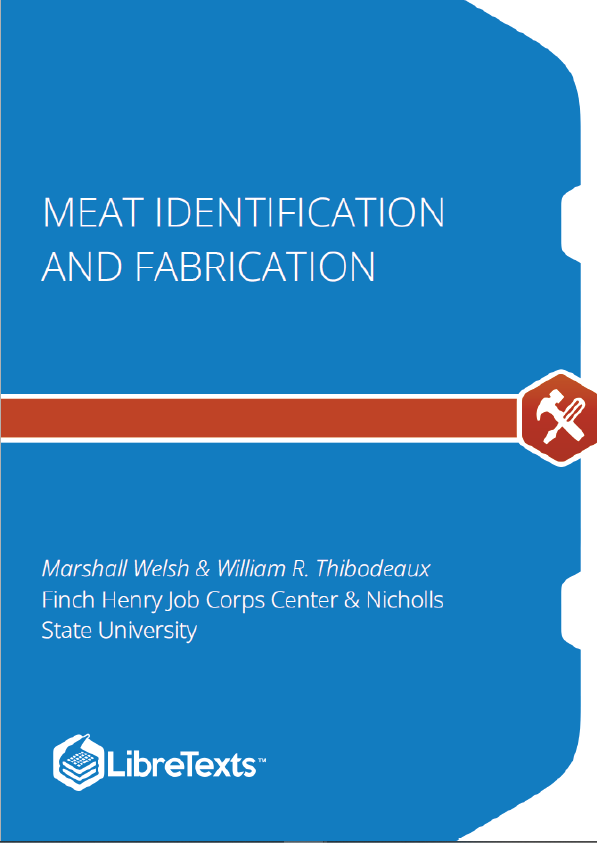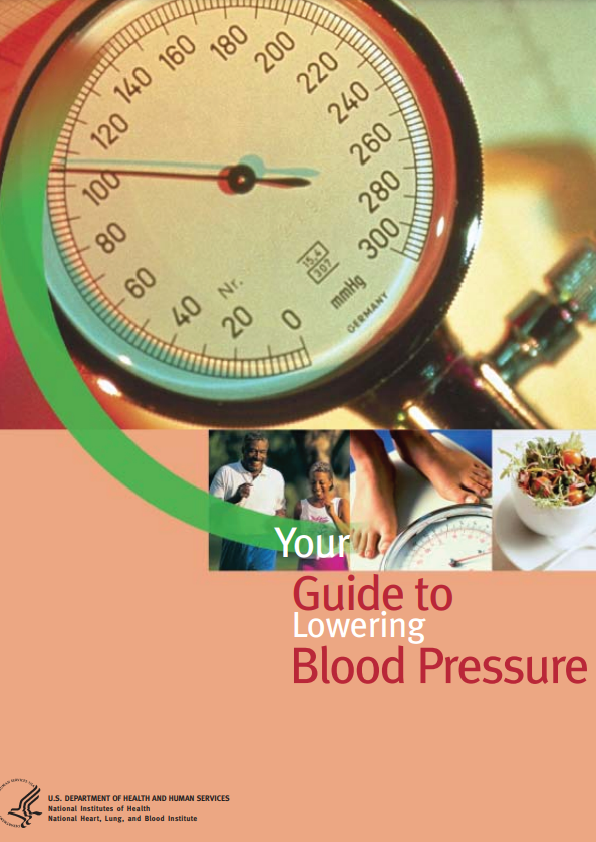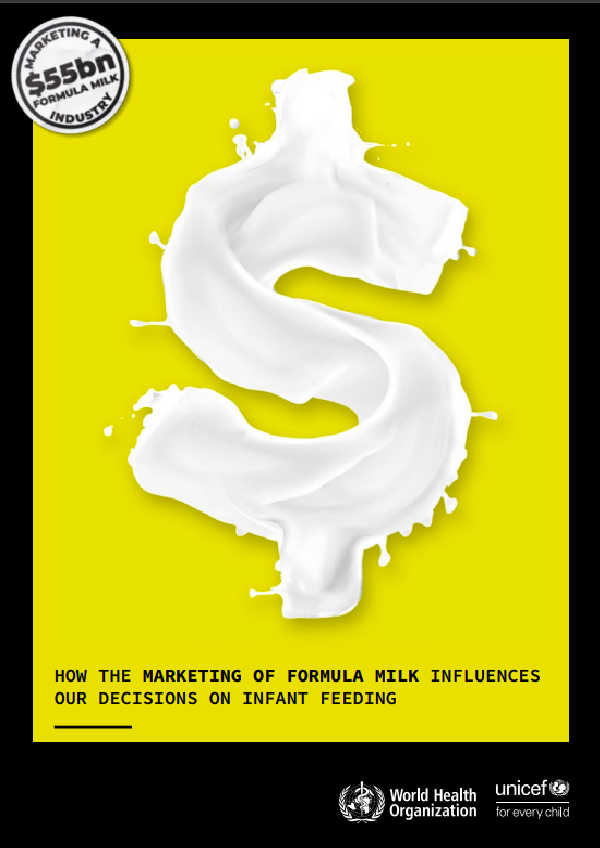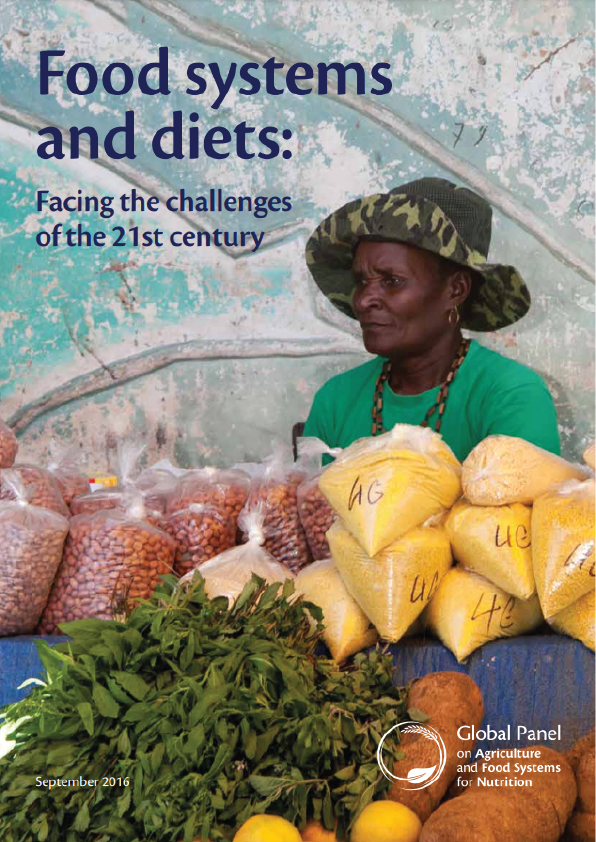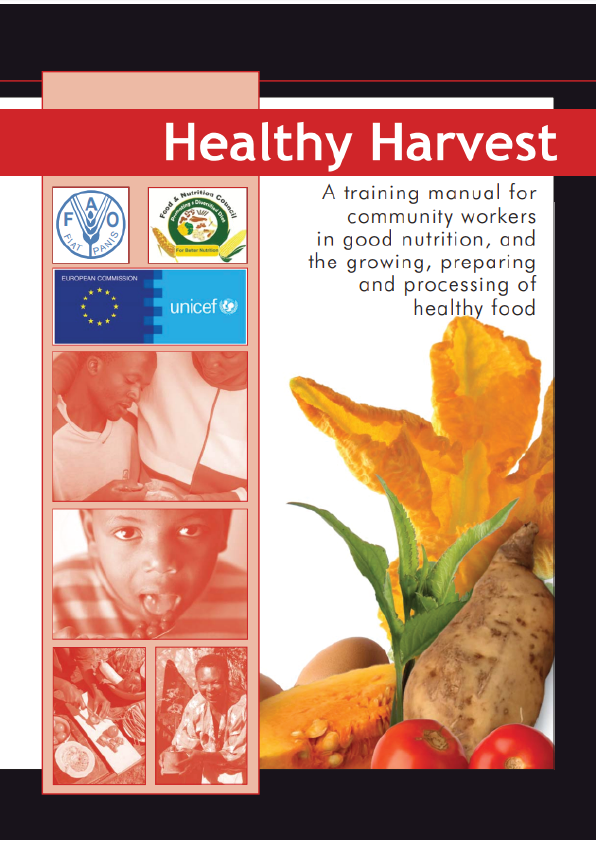The Meat Identification and Fabrication course is an introductory class that offers you the opportunity to learn how nature made the domesticated and wild animals for us to harvest, fabricate, and prepare for table service. Along the way, we will explore their physiology and muscle composition as we learn how to divide them into primal, sub-primal and usable cuts. The goal is not to become a professional butcher after this class but rather to gain a working knowledge about the proteins we use in our profession and to learn how to make sub-primals ready for guest service and the proper cooking methods for particular cuts.
Chicken Identification and Fabrication
Called Poulet in France, the domesticated chicken is the most prevalent bird raised for eating in the world. Though once raised for other purposes, chicken began to be raised for consumption during the Hellenistic period between the 4th and 2nd centuries B.C.E. Chicken is relatively inexpensive, contains both light and dark meat, and is relatively lean. It is available fresh and frozen today in a variety of forms. It has been said that chicken is the palate for the chef because of its versatility adapting too many flavor combinations.
The muscle composition of chicken is approximately 72% water, 20% protein, 7% fat, and 1% minerals. Chicken has no marbling of the meat therefore no intramuscular fat. The fat of a chicken is stored under its skin and in the abdominal cavity. Chicken fat has a lower melting point than other animal fats and is widely used in Jewish cooking where is referred to as “Schmaltz”. Rendered chicken fat is easy to keep refrigerated and sealed in containers for a flavorful cooking fat that can positively affect the food budget. Dark meat is found in the leg and thigh, and contains myoglobin, an oxygen binding protein for muscle use. Dark meat also contains more fat and connective tissue than light meat, therefore it requires longer cooking time than white meat and leans itself well to roasting and braising.
Classifications:
Game hens – raised five weeks or less.
Broiler/fryer – raised 10 weeks or less.
Roaster – raised between 8 and 12 weeks.
Capon – 4 – 8 months
Hens/ stewing – over ten months
Game Hens
Game hens are the young or immature progeny of Cornish chickens and white Rock chickens. They are very flavorful and weight one to two pounds. French refer to these as ‘Poussin’. These little hens can be split and broiled, grilled or trussed and roasted whole. A friend of mine from Idaho once prepared a delicious roasted Cornish Game Hen with Amaretto that was superb.
Broilers and Fryers
These birds are young with soft, smooth textured skin, and are relatively lean. They generally weigh three and a half pounds or less. You may use any method to cook broilers and fryers. One popular method for the recent resurgence in grilling is “spatchcocking” which is a way of cutting out the back bone, breaking the breast bone, and removing the breast cartilage. The bird is then seasoned and grilled under a brick and turned to complete the cooking.
